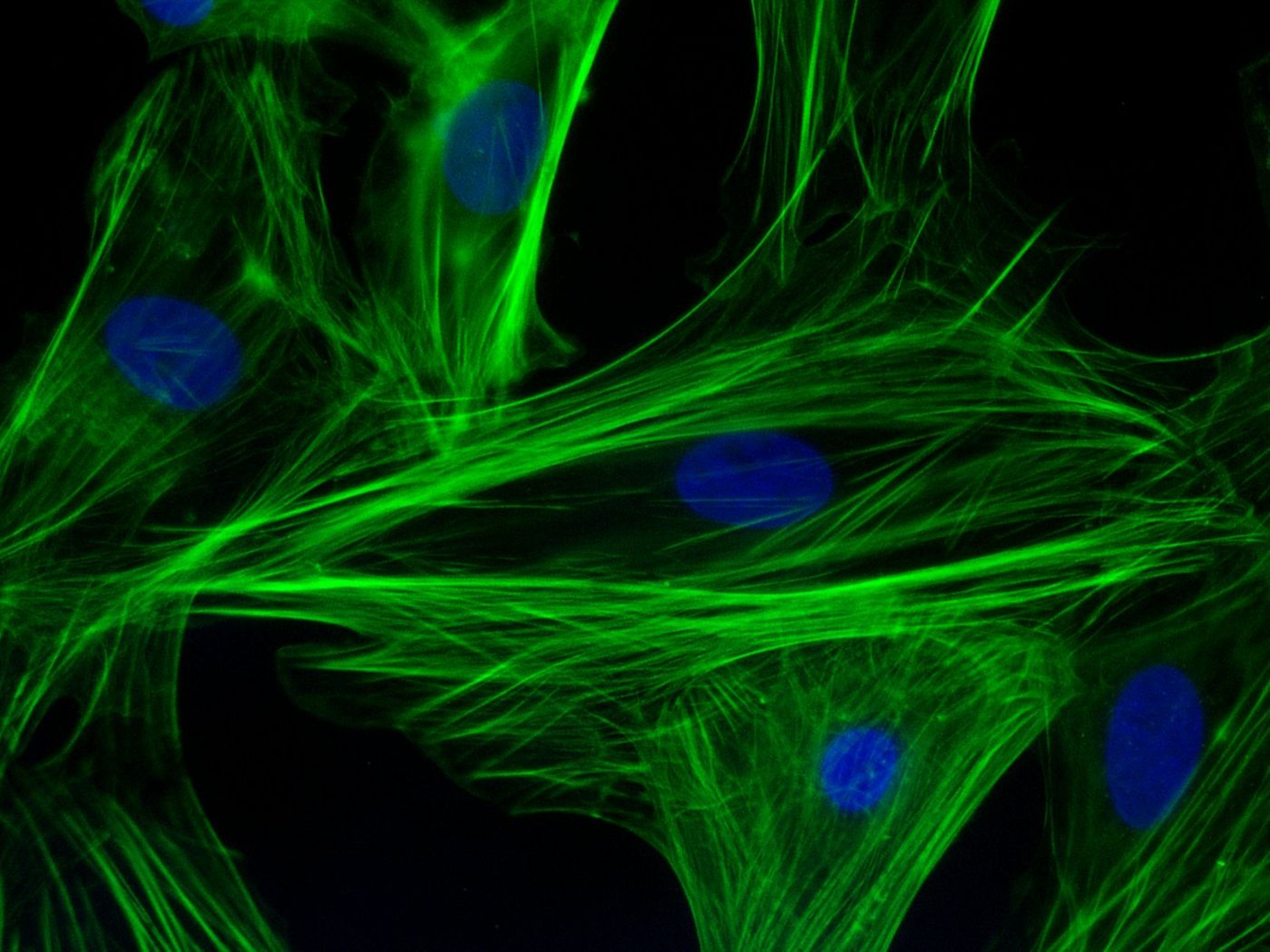Three known transcription factors are capable of reprogramming connective tissue in the heart to transform scar tissue into heart muscle, but the process is not very efficient - yet. A new study from scientists at the Gladstone Institutes introduces two unique chemicals that boost the healing process by eightfold.
Gata4, Mef2c, and Tbx5 (GMT): three transcription factors that turn scar tissue formed by connective tissues in the heart after a heart attack into healthy cardiomyocytes. Scar tissue exacerbates the progression of heart failure in individuals with existing heart disease, and the body cannot naturally regenerate and repair dead and dying cardiomyocytes. Fortunately, researchers can stimulate the process manually, a process Gladstone Institute scientists are calling cellular reprogramming.
"Heart failure afflicts many people worldwide, and we still do not have an effective treatment for patients suffering from this disease," said first author Tamer Mohamed, PhD. "With our enhanced method of direct cardiac reprogramming, we hope to combine gene therapy with drugs to create better treatments for patients suffering from this devastating disease."
Gata4, Mef2c, and GMT work by manipulating gene expression of genes in the heart that control what characteristics a cell contains, so with the right influence, these transcription factors can induce regeneration of cardiomyocytes using connective tissues, the very cells that produce scar tissue and cause heart failure. Only ten percent of cells successfully make the transition from connective scar tissue to cardiomyocytes, so Gladstone scientists stepped in to find a way to make the process more efficient.
A screen of 5,500 chemicals to improve the process led to the discovery of just two chemicals identified to be effective, increasing the number of connective tissue cells transform to cardiomyocytes with the help of the three known transcription factors. The chemicals also showed to speed up the process.
One chemical inhibits a growth factor that helps cells to grow and divide unhibited. With this factor inhibited, the chemical provides a population of cells available for repairing tissue after cardiac injury. The second chemical inhibits an important pathway involved in the regulation of heart development. Together, the two chemicals created the perfect solution for promoting cardiomyocyte regeneration.
"While our original process for direct cardiac reprogramming with GMT has been promising, it could be more efficient," said senior author Deepak Srivastava, MD, director of the Gladstone Institute of Cardiovascular Disease. "With our screen, we discovered that chemically inhibiting two biological pathways active in embryonic formation improves the speed, quantity, and quality of the heart cells produced from our original process."
The study was recently published in the journal
Circulation.
Source:
Gladstone Institutes









